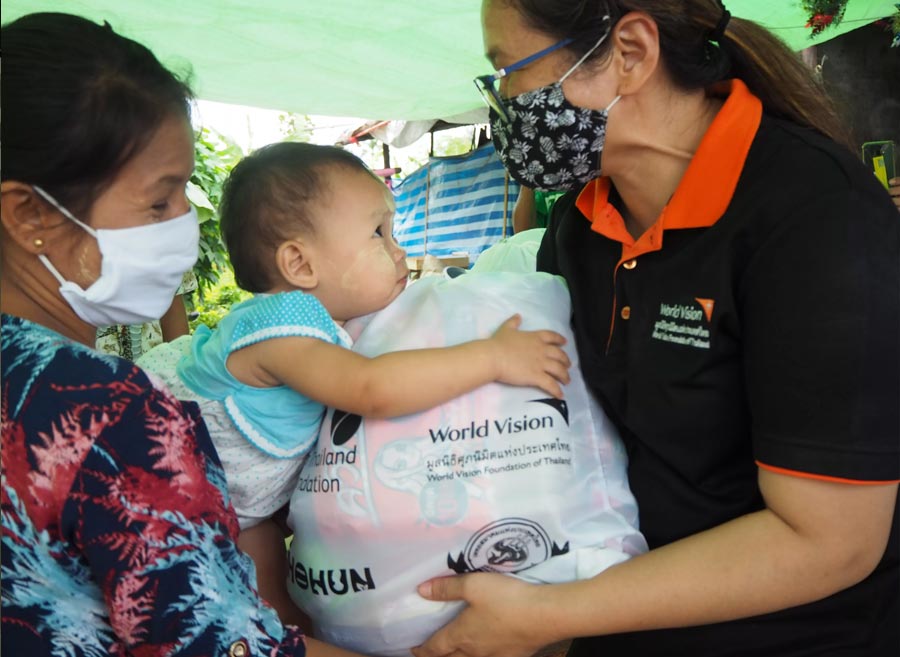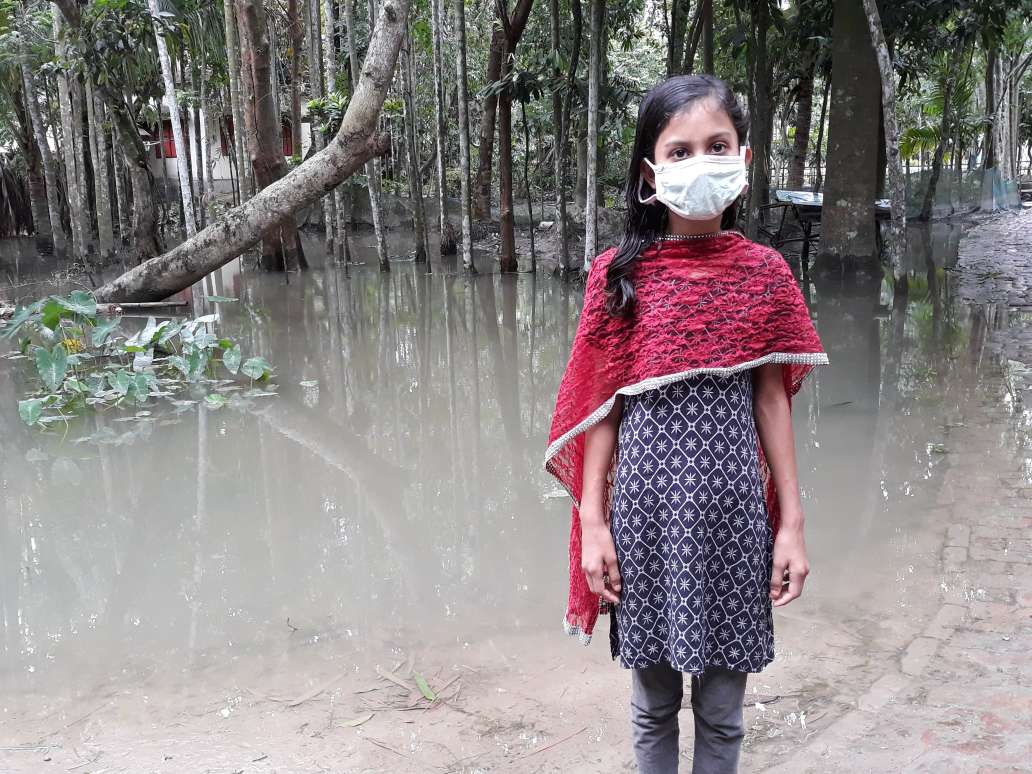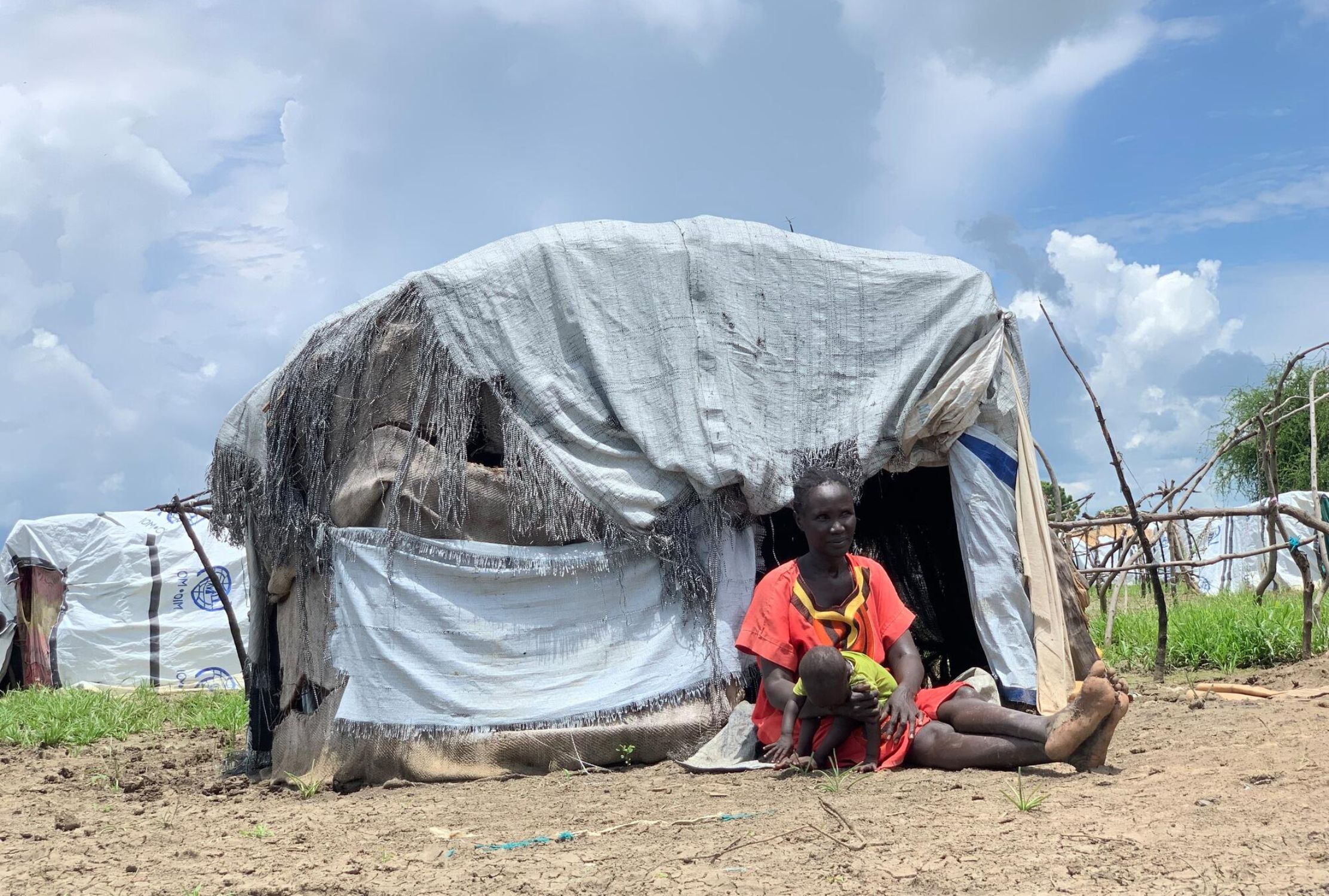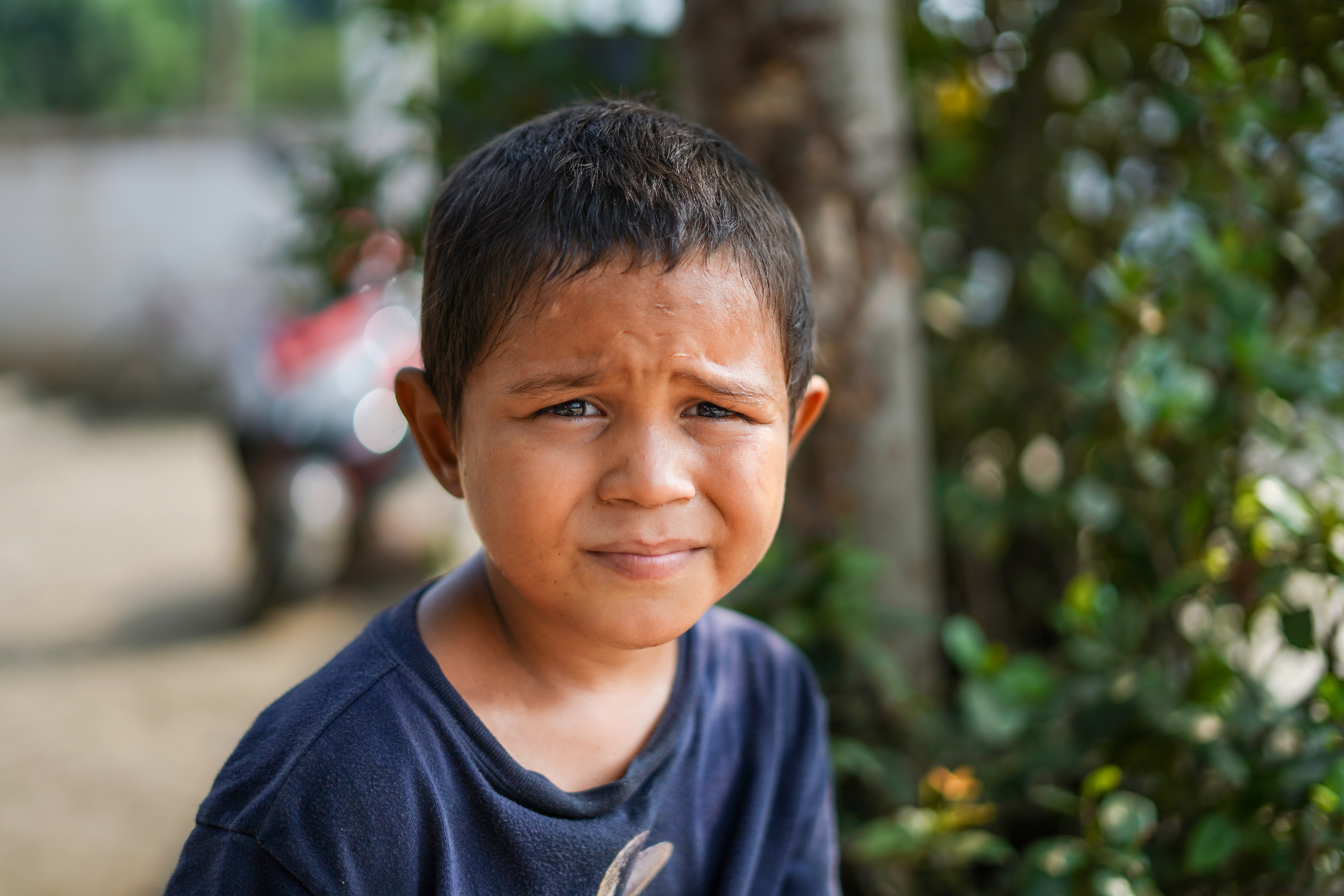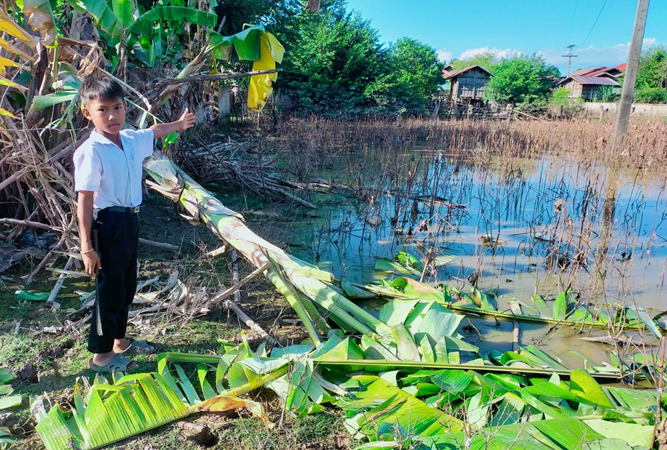
Will COP27 protect children’s lives?
Lifting children’s voices at the UN climate conference
World leaders are set to discuss action to tackle climate change at this year’s conference, COP27, which is being held in Sharm el-Sheikh, Egypt, from 6-18 November 2022.
Following on from COP26 in Glasgow last year, COP27 brings together countries that signed the United Nations Framework Convention on Climate Change (UNFCCC).
Did you know? COP stands for Conference of the Parties.
Why is COP27 important?
At the climate change conference, COP27, it is hoped that an agreement to limit warming to 1.5C is achieved. Countries are also expected to find effective solutions to help protect vulnerable nations from the effects of climate change.
Over time, climate change has gone from being a hotly disputed topic thought to only affect vulnerable countries, to being a global threat.
According to the World Bank, climate change threatens to push an additional 130 million people into poverty over the next 10 years.
World Vision is calling for global leaders to use COP27 as an opportunity to act on the climate emergency.
READ MORE: How does climate change affect poverty?
Listening to children’s voices at COP27
World Vision UK’s Jason Garrett is attending COP27, hoping to amplify the voices of children and young people. He explains...
As a children’s charity, we’re pleased to hear there will be a space to raise children’s voices for the first time at the United Nations climate change summit. The dedicated Children and Youth Pavilion at COP27 empowers them to influence discussions about the ways to tackle climate change.
There will be an event for young people to speak, including Shania, 15, who is part of World Vision’s project in Tanzania. And World Vision is hosting an event, along with other child-focused organisations, where children talk to leaders and influential adults about climate mitigation.
We’re hoping COP27 will encourage global leaders to support communities with a ‘loss and damage’ fund. This will help families living in poverty rebuild from climate-related disasters.
READ MORE: Pray for the world
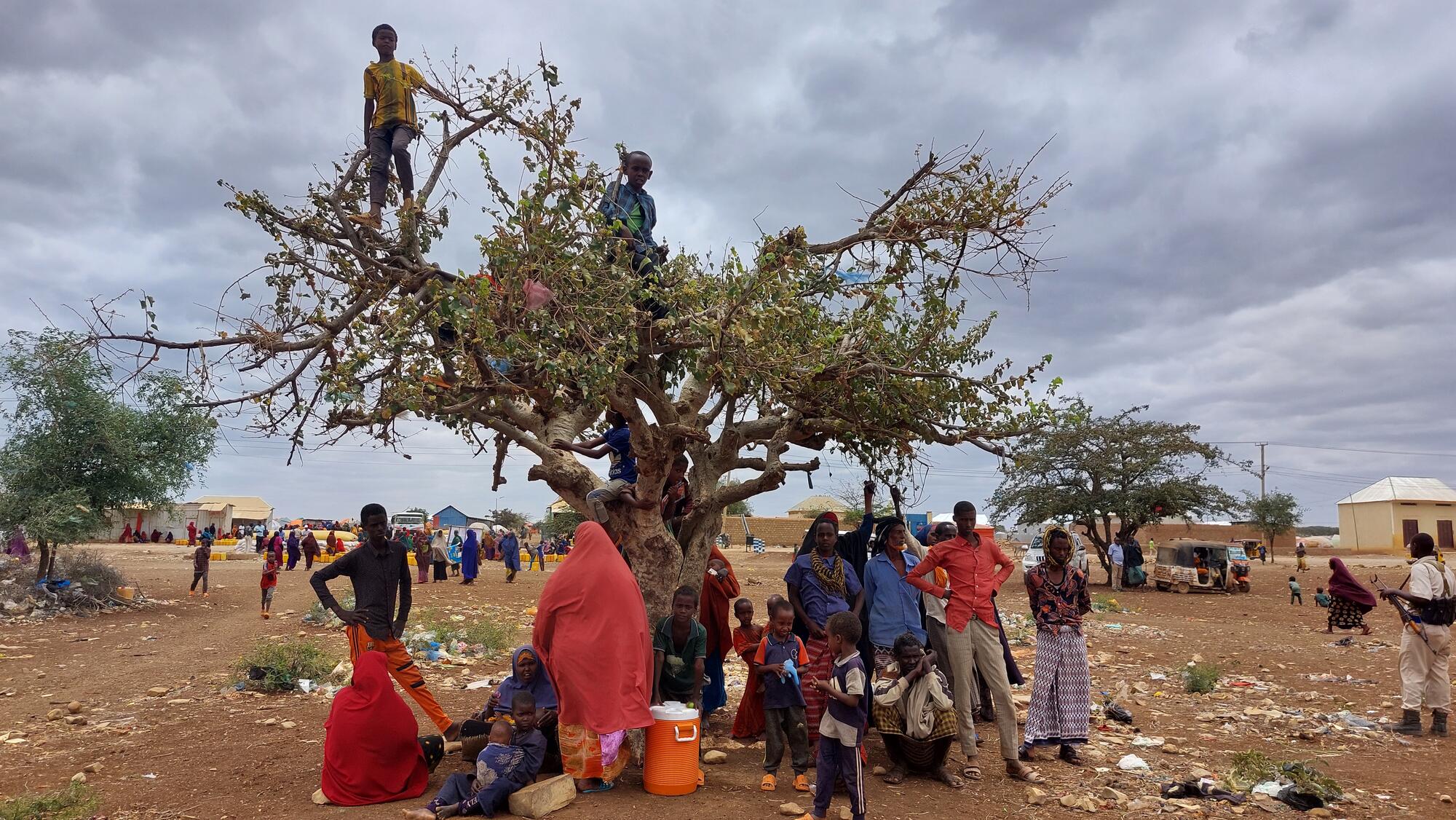
World Vision is helping families affected by climate change
Children are most vulnerable to the effects of climate change. Climate change causes disasters like droughts, tsunamis and floods, and people and communities who are poorer are less likely to be able to prepare for such events. Increasingly frequent droughts and floods impact crop production, destroying families’ livelihoods and reducing the availability of food.
Climate disasters, along with a deadly mix of global issues like conflict and Covid, threatens 50 million people with starvation.
World Vision is a global leader in providing food assistance at scale – delivering food rations and cash or vouchers to refugees, displaced populations, and communities suffering drought and extreme hunger.
We are responding with our largest ever global humanitarian response that is targeting 26 most-at-risk nations with life-saving aid and assistance for those facing a hunger crisis. These countries are where children are one step away from famine, living with acute malnutrition or facing the threat of civil unrest.
Last year, our emergency responses helped over 1.7 million people in 18 countries – over 900,000 of them were children. Our response to climate-related events, such as droughts and flooding, included the provision of water, food and medical care.
Protect children facing climate change
Your donation can help children survive, recover and build a future.
Donate nowNo hunger despite years of drought
Nine-year-old Joshua and his parents, Jeniffer and Josphat, live in a predominantly dry area of Eastern Kenya. The prolonged droughts cause the death of livestock and crop failures, driving families into poverty as agriculture is the main source of livelihood and income for the majority of the community.
Jennifer says, “We asked God to end the drought and suffering. We prayed for wisdom...”
Their prayers were answered when they were invited to undergo World Vision’s training on climate-smart agriculture techniques, which helps families cope with climate shocks. The family were taught to use drought resistant crops, integrated pest management and water harvesting during rainy seasons.
Today, the family is able to enjoy a nutritious diet all year round, despite the drought, and even have enough crops to sell. With the income, Joshua now has everything he needs to go to school and is free to enjoy his learning.
Thanks to you, children like Joshua now have hope. Together, we’ll continue to provide the most vulnerable children in poorer communities with the essentials they need for a happier, healthier and brighter future.
READ MORE: Joshua’s family are now food secure
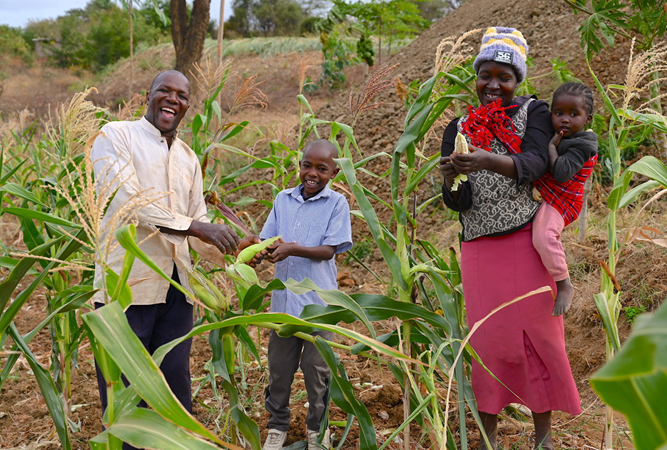
Conflict and flooding forces families to uproot
Aluel, 24, faces yet another displacement due to conflict and natural disasters. Flooding is the latest challenge she and her four children are facing. They are among over two million internally displaced people (IDP) in South Sudan.
Her family first fled their home because of violence, walking 17 kilometres to reach safety.
"We tried staying back after the conflict erupted but watching people die prompted us to flee to safety," she says.
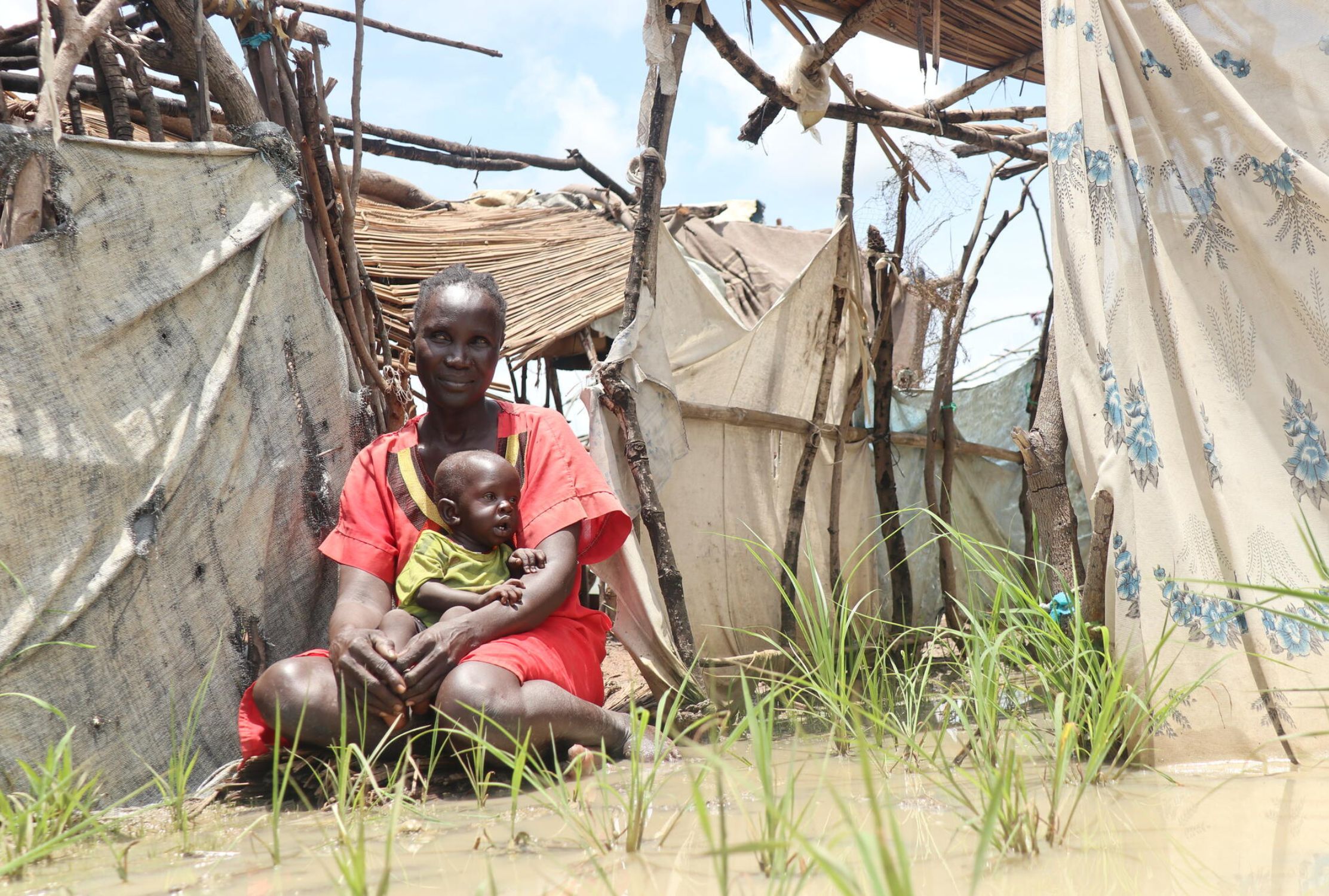
Watching her daughter slip into malnutrition
At the IDP settlement, Aluel’s daughter was diagnosed with malnutrition during World Vision’s child nutrition screening. She says that her eight-month-old daughter, Nyamum, became malnourished because of lack of food which prevented her from producing breast milk. Aleul remembers going hungry for up to three or four days.
Aleul shares, “I knew that my family would suffer from hunger, but I never thought that in my struggle to find food, I would also be forced to leave my small tukul (house) due to floods.”
Whilst watching her child slip into malnutrition, Aleul also watched rainfall continually for days. Eventually, her temporary home was destroyed by flooding.
The family evacuated the IDP camp, grabbing the plastic sheets and soggy blankets used to make their makeshift shelter. They found a place to reconstruct their shelter about a kilometre away, under a tree where the floodwaters couldn’t reach them.
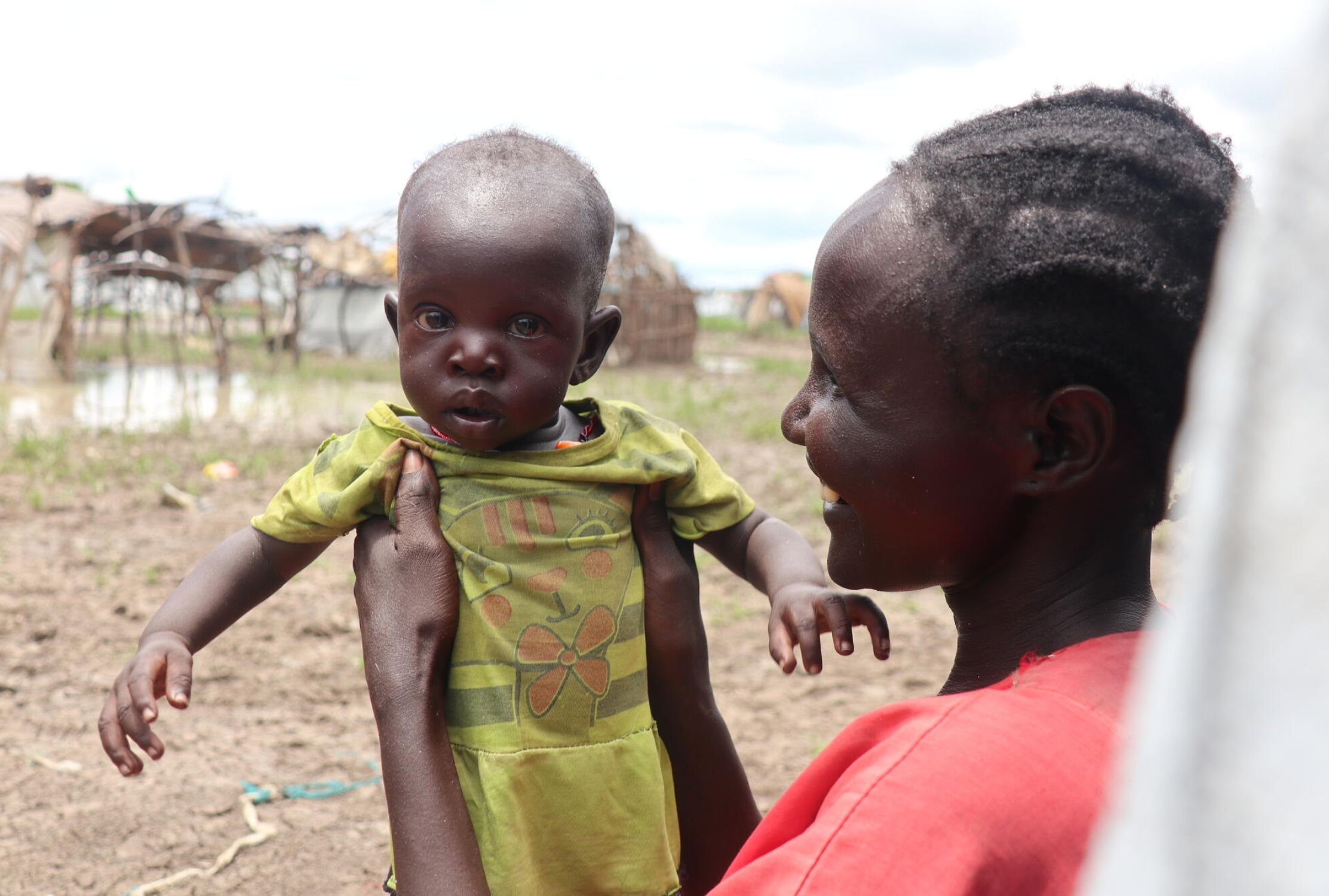
"There is still hope”
"When the floods displaced us again, stress took the better part of me," Aluel admits. "Instead of my child recovering (from malnutrition), she got worse, and I forgot about taking her to the facility. And again, the World Vision team brought the service right to me in the community, braving the mud and water."
Aluel adds, "Our situation is tough, but as long as we are alive, there is still hope. I appreciate what World Vision and the donors are doing for us; however, we need more assistance."
Over the last five years, 89% of the severely malnourished children we treated made a full recovery
You can protect children's lives from climate change
At COP27, world leaders will be discussing how to protect the world from climate change, but we all need to do our bit beyond the conference.
Together we’re helping the most vulnerable children overcome poverty and hunger to experience fullness of life. We work to reach children of all faiths and none, even in the most dangerous places. And we’ve been doing it for over 70 years.
You can help World Vision support children and families when they need us most, forced to flee their homes because of a flood or another climate-related disaster.

